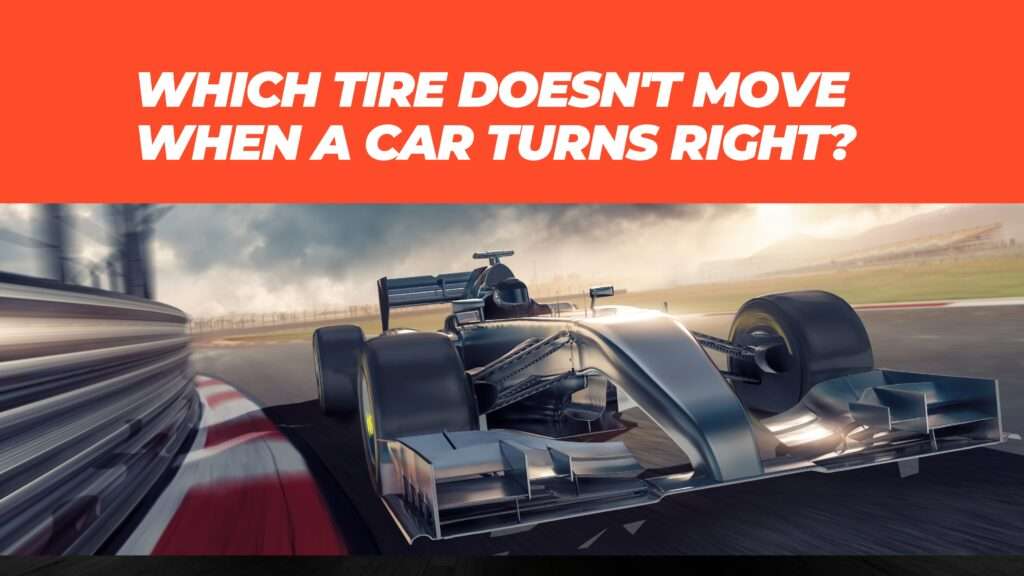The marvel of modern automobiles lies not just in their powerful engines or sleek designs but in the intricate web of electrical systems that power them. From igniting the engine to illuminating the road ahead, a car’s electrical system plays a pivotal role in its overall functionality. Let’s dive into a basic car electrical system diagram.
importance of electricity

Why do cars need electricity?
What is car electrical system? Besides the basic functions of “running”, “turning” and “stopping”, cars are required to have superior operability, safety, and comfort. Electricity plays a very important role in improving the performance of those. The starter motor for starting the engine, Meters, and headlamps necessary for driving, Air conditioners, and radios to make driving comfortable will not work without electricity. So Electricity is essential for automobiles.
How electricity is used in the car

Electricity is used for various purposes. Let’s take a look at the main ones here.
1. Starting the Engine:
Electricity is essential to initiate the combustion process in the engine. The starter motor cranks the engine, and the spark plug ignites the fuel-air mixture, starting the engine.
Components: Starter motor, ignition system (spark plug).
2. Signaling:
Electricity is used to power various signaling devices, indicating the car’s presence, direction, braking, and emergency situations. These lights and signals enhance communication with other drivers and pedestrians.
Components: Turn signal lamp (direction indicator light), clearance lamp (car width light), tail lamp, stop lamp (brake light), horn, hazard (Emergency flashing light).
3. Securing Visibility:
Electricity is employed to operate components that ensure clear visibility for the driver. This includes windshield wipers, headlights, fog lights, and rear window defoggers, all of which contribute to safe driving conditions.
Components: Wiper and washer, headlamp, fog lamp, rear window defogger.
4. Collection of Information:
Electricity is used to power the instrumentation panel, which includes meters, gauges, and warning lamps. These components provide the driver with critical information about the car’s performance, fuel levels, engine temperature, and any potential issues.
Components: Meters, gauges, various warning lamps.
5. Improved Operability:
Electricity enhances the operability and convenience of the car through features like power windows, electric door locks, and adjustable mirrors. These electrical systems contribute to a more user-friendly and comfortable driving experience.
Components: Power window, electric door lock, electric remote-control door mirror.
Car Electrical Components

Car Power supply
Electricity is used as usual, but what you use outdoors like a car cannot get electricity from a power plug outlet. The general method in that case is to get the electricity from the battery or generator.
Car has Two type of power sources.
Car Battery
The Heartbeat of Your Car. Imagine your car’s battery as its heartbeat, providing the initial surge of power needed to kick-start the engine. Picture a scenario: you turn the key, and the engine roars to life. That’s the magic of a well-functioning battery, storing energy when your car takes a break and unleashing it when it’s time to hit the road.
The car battery can be charged. It will be the power supply when the engine is stopped. When the engine is running, store the electricity created from the alternator.
Alternator
The Energy Maestro. While the battery starts the show, the alternator ensures the continuous flow of energy during your drive. The alternator is the power supply while the engine is running. Also, the alternator has a role in charging the battery.
The alternator is designed to operate with a V-belt at the same time the engine starts. The V belt that transmits the power of the engine to the alternator will stretch when used for a long time and the tension of the belt weakens. Therefore, it is necessary to properly adjust the tension at periodic inspections.
Starter Motor
Imagine a chilly morning; you hop into your car, turn the key, and within seconds, the engine purrs to life. The starter motor, drawing power from the battery, initiates the engine’s combustion cycle, turning potential energy into kinetic motion.
Flow of car electricity
(car electrical system diagram)
Batteries and alternators play an important role as a power source for the car. Let’s understand how these roles are shared and how electricity flows.
When the engine is stopped: electricity flows from the battery. (Battery is the power supply)
When the engine rotates: Electricity flows from the alternator. (The alternator is the power supply)
Learn advanced car electrical system diagram, details working process




